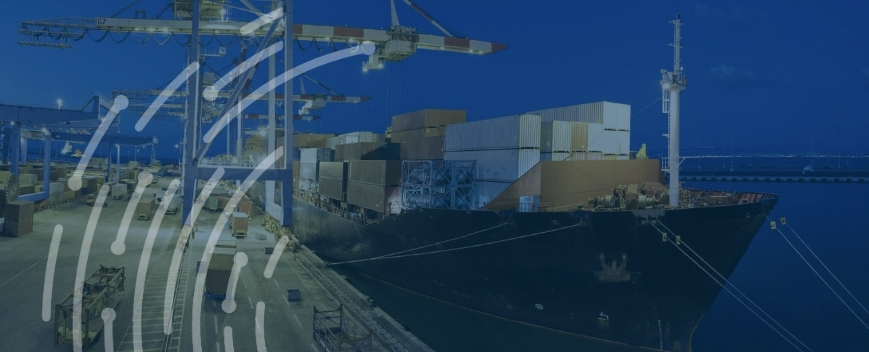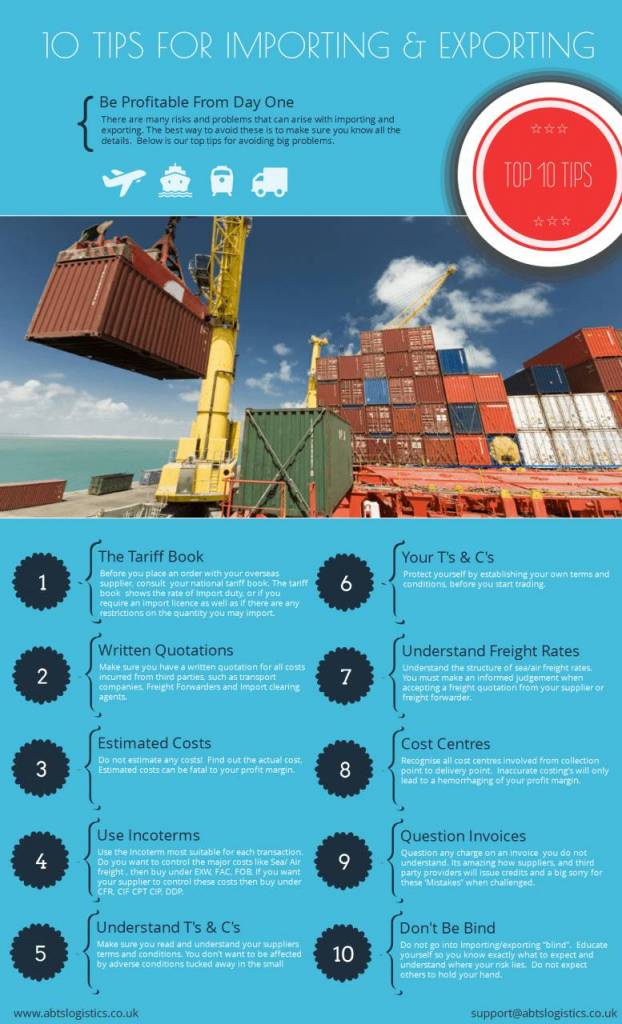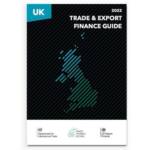Pre export finance

Access trade, receivables and supply chain finance
We assist companies to access trade and receivables finance through our relationships with 270+ banks, funds and alternative finance houses.
Get StartedContent
Pre-export finance is a financial instrument where a funder advances funds to a business based on historic orders from buyers. The business will normally use the funds to produce and supply goods for the buyer.
Pre-export finance is when a funder provides capital to a borrower where orders have been shown by buyers. Typically, the borrower usually requires finance in order to produce and supply product.
Pre-export finance is used in many scenarios where a deposit for production or commencement of a trade is required to be paid by the lender or buyer and then further funds can be provided later. A deposit or commitment is usually needed in order to start the production process and usually best described when discussing farming and commodities. As an example of this, a percentage deposit of the future purchase price or the production cost is paid to the farmer and he grows the crops. Upon full growth, the product is then sent to port and depending on the structure; part or full payment will be received.
Financing of this type provides the borrower with sufficient cash flow and liquidity in order to maximize production of the goods or services. It is often used to finance large, capital-intensive production operations.
How does a pre-export finance structure work?
The company that is exporting will arrange for the buyer to transmit funds for purchase directly to the lending company. The lender will send funds to the company exporting after deductions are made to charges and interest related to the prepayment finance in relation to the loan. The structure allows a producer to ensure they will be paid for product that is being sent to the buyer. This finance allows buyers to enter into long-term contracts, which may not have been a possibility without the finance.
Lenders will look at elements surrounding the trade including the risk in delivery and prior production. Repayment of the loan is based upon the lifecycle of the trade, from production of goods and later sale. There is a real risk of non-payment, which could happen when the seller distributes the goods in time and the buyer fails to pay in full.
There are further risk mitigants, which vary between jurisdictions and can be made a condition to any facility. As an example, there may be a requirement to purchase political risk insurance, which would cover both the lender and borrowing party. This would cover many potential events, from war to sanctions.
More
With a pre-finance facility, the supplier of the goods, services, or capital expensive project can fulfil a project for large buyers without having to worry about the costs of production prior to receiving payment.
This innovative cash solution is becoming commonplace within the trade finance sector, and can help build fruitful relationships and trust between global buyers in different markets.
10 tips for exporting
Courtesy of our education partners – ABTS Training for the following infographic on exporting!

Our trade finance partners
- Export Finance Resources
- All Export Finance Topics
- Podcasts
- Videos
- Conferences




















